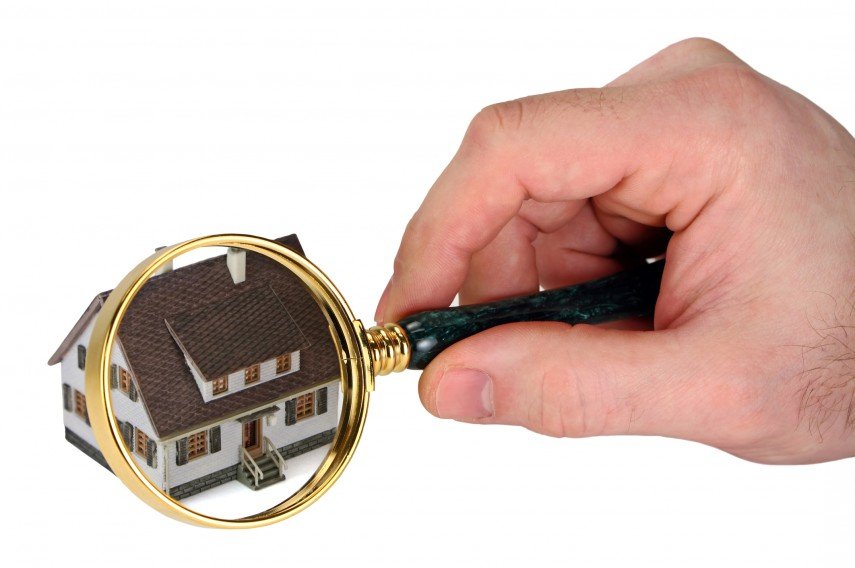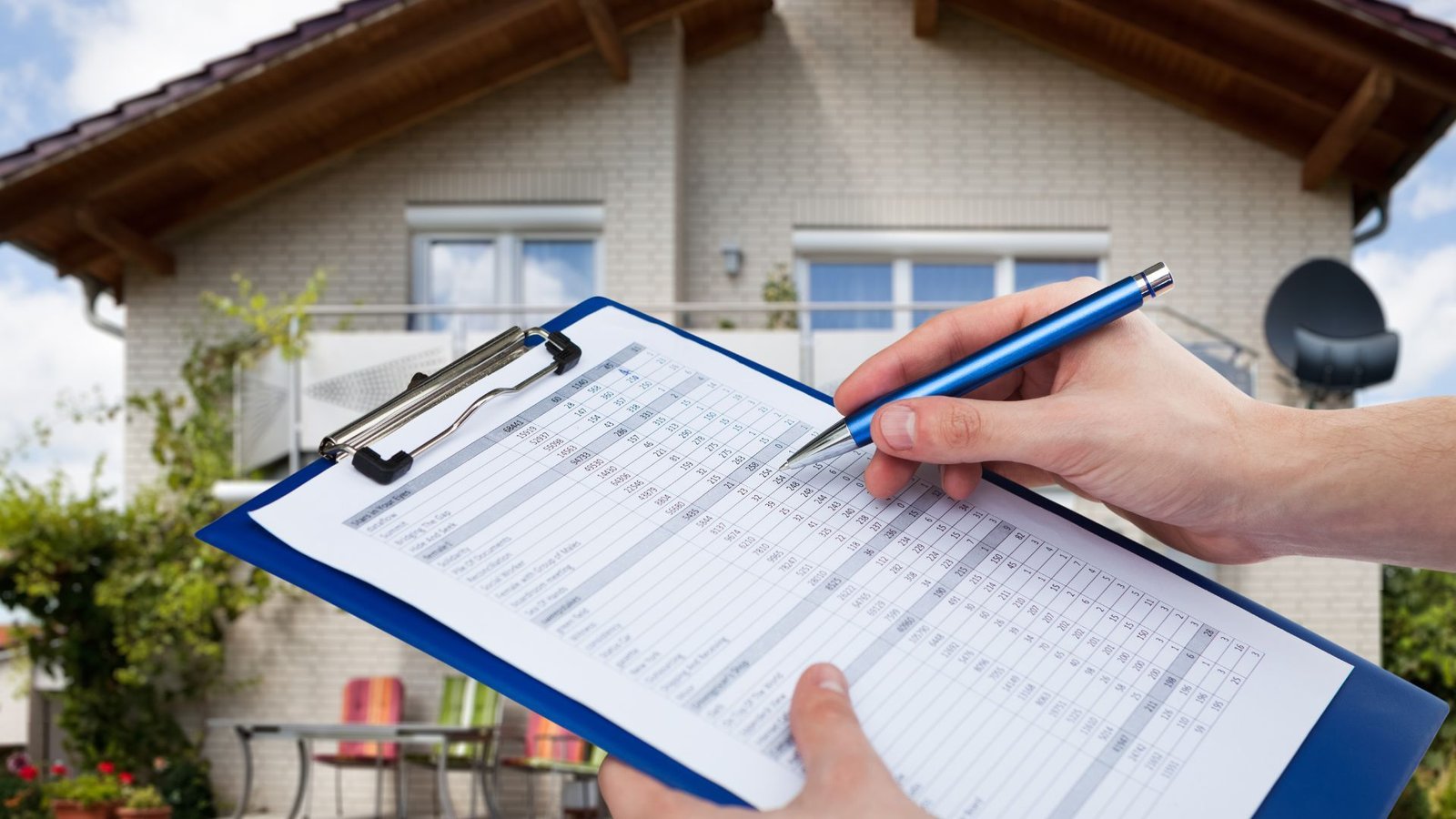When buying a home, a home inspection is an essential step. It helps you understand the property’s condition and reveals any hidden issues. However, not all homes are in perfect shape. There are home inspection red flags that could indicate serious problems. Knowing these warning signs can help you avoid expensive repairs in the future. In this article, we will discuss the most common home inspection red flags and why you should pay attention to them.
1. Cracks in the Foundation
One of the first home inspection red flags you should look out for is cracks in the foundation. A solid foundation is crucial for the overall stability of the home. Small cracks might seem harmless, but larger cracks or those that run across the entire foundation could be a sign of settling or structural problems. These issues can be costly to repair and may affect the safety of the house.
Tip: Ask the inspector to examine the size and cause of the cracks. Foundation repairs can be expensive, and you need to understand the extent of the damage.

2. Water Damage or Moisture Issues
Another important home inspection red flag is water damage or moisture in areas like the basement or attic. Water stains, mold, or mildew indicate that the property has had water issues in the past or still has them. Moisture problems can lead to mold growth, which affects the air quality and can damage the structure of the home. It’s essential to address these issues right away to prevent further damage.
Tip: If the inspector notices water damage, ask about the source of the problem and whether it has been fixed. Water issues are not something you want to ignore.
3. Roof Damage or Leaks
The roof is one of the most important parts of any home. During a home inspection, you should be on the lookout for home inspection red flags related to the roof, such as missing shingles, leaks, or signs of water damage in the attic. Roof repairs or replacement can be very expensive, and knowing the condition of the roof is crucial before buying a home.
Tip: If the roof is nearing the end of its lifespan or shows signs of damage, consider asking the seller for a repair or reduction in price.
4. Electrical Problems
Electrical issues are another home inspection red flag that should never be overlooked. Faulty wiring, outdated electrical panels, or exposed wires can be dangerous and expensive to fix. Inspectors will often check the wiring, outlets, and electrical panels during their inspection. If they find any problems, it’s essential to have them fixed by a professional before moving in.
Tip: If the inspector finds outdated wiring or electrical hazards, it’s a serious issue. Make sure to get an estimate for repairs or ask the seller to address the problem.
5. Plumbing Issues
Plumbing problems are common in many homes, but they can be costly to repair. During the inspection, the inspector will check for home inspection red flags such as leaky pipes, low water pressure, or outdated plumbing systems. These problems can lead to water damage, mold, or even flooding. Replacing plumbing systems or fixing leaks can be expensive, so it’s important to know about these issues before closing the deal.
Tip: Ask the inspector about the age and condition of the plumbing system. If the pipes are old and likely to need replacement, it could be a major expense in the future.
6. Poor Drainage and Landscaping Issues
Another home inspection red flag is poor drainage around the home. If water is not draining properly away from the foundation, it can cause flooding or structural damage. Look for signs of poor landscaping, such as soil sloping toward the house, clogged gutters, or standing water near the foundation. These issues can lead to serious problems with the foundation and basement.
Tip: Ensure the inspector checks the grading around the house. Proper drainage is crucial for protecting the home’s foundation from damage.
7. Pests and Infestations
Pests, such as termites, rodents, or other insects, are common home inspection red flags that should not be ignored. Termites, in particular, can cause severe damage to wood structures and weaken the home’s integrity. If the inspector finds evidence of an infestation, you’ll need to address it quickly to prevent further damage. A pest problem can lead to significant repairs and loss of property value.
Tip: If pests are found, request a detailed treatment plan and a warranty from the pest control company. This will give you peace of mind moving forward.
Conclusion: Don’t Ignore Home Inspection Red Flags
In conclusion, understanding the home inspection red flags is essential when buying a home. Cracks in the foundation, water damage, roof issues, and electrical or plumbing problems can all signal costly repairs down the road. Additionally, poor drainage, pest infestations, and moisture problems can lead to long-term damage. By paying attention to these warning signs during the home inspection, you can make an informed decision and avoid expensive surprises after you’ve purchased the home. Always work with a qualified home inspector and ask plenty of questions to ensure you’re aware of any potential issues before you commit to buying a property.




